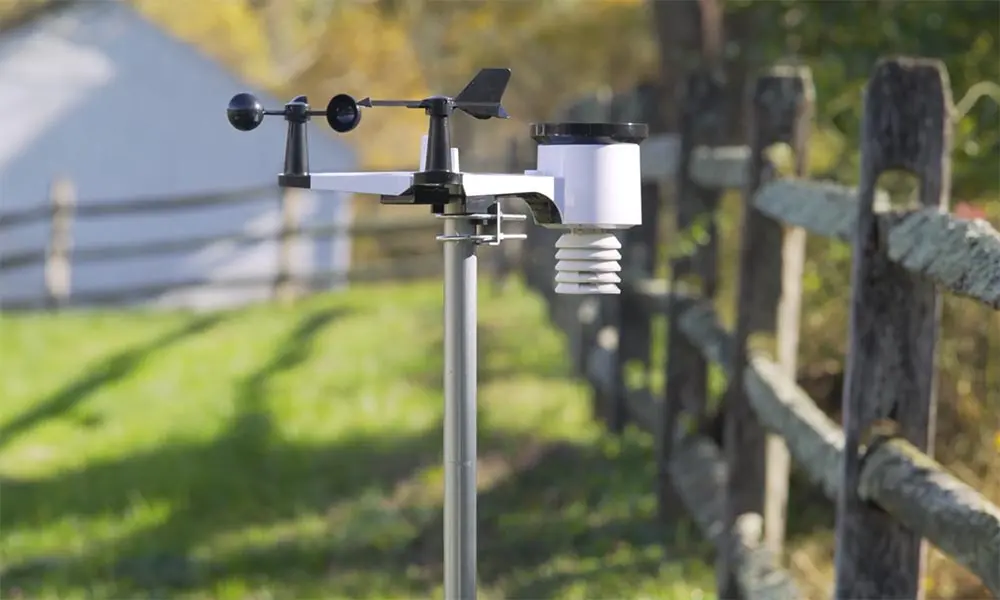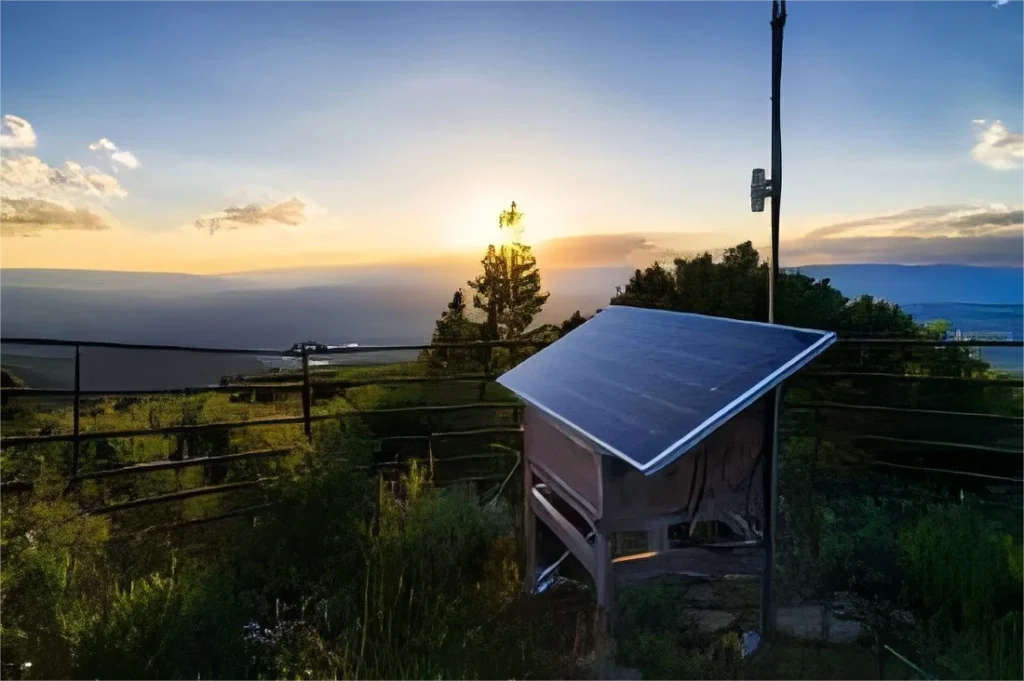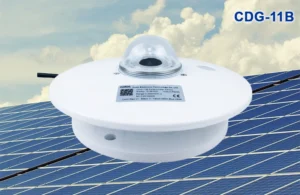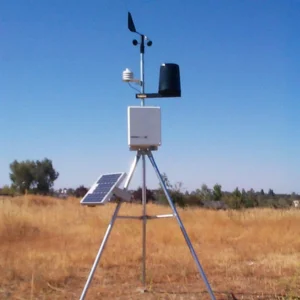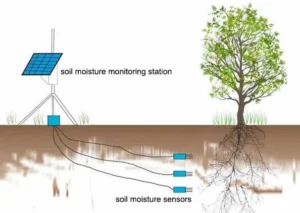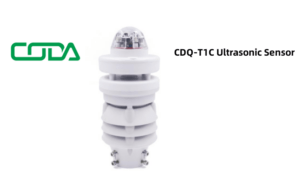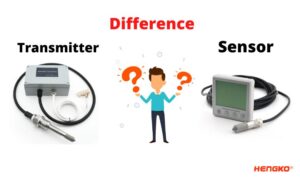Weather Stations in Scenic Areas: Protecting Nature’s Charm
Introduction
Scenic areas, celebrated for their breathtaking landscapes and ecological importance, draw countless visitors annually. To enhance visitor safety, comfort, and overall experience, while safeguarding fragile ecosystems, weather stations hold a pivotal role. These installations are indispensable not only for managing daily activities but also for supporting long-term environmental monitoring and conservation efforts.
Types of Weather Stations in Scenic Areas
Standard Meteorological Stations
**Components**
Standard meteorological stations are equipped with an array of traditional weather sensing instruments. Temperature sensors, typically thermistors or thermocouples, measure the ambient air temperature by altering their electrical resistance based on temperature changes, which is then interpreted as a temperature reading. Humidity sensors, often designed with capacitive or resistive technology, detect the moisture content in the air. Capacitive sensors, for instance, measure changes in capacitance as a moisture-sensitive material absorbs or releases water vapor.
Barometric pressure sensors, such as piezoresistive or capacitive models, are used to monitor atmospheric pressure. These devices measure pressure-induced changes in resistance, which are then converted into pressure values. For wind measurements, cup anemometers and wind vanes are commonly used. The rotational speed of a cup anemometer correlates with wind speed, while wind vanes indicate the wind’s origin direction with their arrow-shaped design.
**Function**
These standard stations provide critical weather data that supports various activities in scenic areas. Temperature and humidity readings help assess wildfire risks, as high temperatures and low humidity paired with dry vegetation create favorable conditions for fires. Barometric pressure data aids in forecasting weather changes, enabling timely alerts about storms or extreme weather events. Furthermore, wind speed and direction measurements ensure safety during activities like hiking and boating, where strong gusts could pose significant risks.
Specialized Environmental Stations
**Components**
Beyond standard sensors, specialized environmental stations often include additional equipment to measure ultraviolet (UV) radiation, particulate matter (PM), and water quality—especially in areas abundant with water bodies. UV sensors detect solar radiation intensity using materials that generate electric signals proportional to UV levels.
Particulate matter sensors, such as optical or piezoelectric types, gauge the concentration of airborne particles. Optical sensors function by measuring the scattering of light caused by particles, while piezoelectric sensors monitor particle build-up on a vibrating surface to determine air quality. For regions with water features, water quality sensors track parameters like temperature, pH, dissolved oxygen, and turbidity. For instance, pH sensors use electrodes to evaluate water acidity or alkalinity, while dissolved oxygen levels are measured electrochemically to determine the health of aquatic systems.
**Function**
The data collected by these advanced sensors plays a crucial role in conserving the ecological balance of scenic areas. UV radiation monitoring provides insight into how solar exposure impacts local plants and wildlife, as excessive UV levels can harm vegetation and alter animal behaviors. Particulate matter readings help assess air quality, particularly in areas adjacent to industrial zones or high-traffic roads, where pollution could negatively affect visitors and ecosystems alike. In water-rich locations, water quality monitoring helps detect environmental stressors like pollution. Variations in pH or dissolved oxygen levels can signal ecological disruptions impacting aquatic species such as fish and amphibians.
Applications and Benefits
**Visitor Safety and Experience**
*Weather-Related Warnings*
Weather stations in scenic areas play a critical role in issuing timely alerts to visitors. For example, should a sudden storm be detected through changes in barometric pressure, wind speed, and precipitation levels, park rangers can quickly notify visitors through mobile apps, entry-point signage, or public announcements. In mountainous regions, warnings about strong winds or unexpected temperature drops can help hikers avoid hazardous situations. This not only ensures visitors’ safety but also enhances their overall experience by enabling them to plan their activities more effectively.
*Activity Planning*
Weather data is equally valuable for planning activities in these areas. For instance, in regions with lakes, information on wind speed and direction helps boat rental operators decide whether it’s safe to rent out boats on a given day. Similarly, temperature and humidity readings can guide the scheduling of guided nature walks. If extreme heat or humidity is forecasted, rangers may adjust the timing of the walks to avoid the peak heat hours, making the experience more enjoyable for visitors.
**Ecological Protection**
*Monitoring Ecosystem Health*
Specialized environmental monitoring stations are essential for tracking the health of ecosystems within scenic areas. By capturing data on UV radiation, air particulate levels, and water quality, park managers can identify early signs of environmental deterioration. Elevated particulate levels might indicate pollution from industrial activity or heightened vehicular traffic, potentially impacting local wildlife and vegetation. Similarly, fluctuations in water quality could point to pollutants like runoff or sewage contamination, jeopardizing aquatic ecosystems. Early detection allows managers to implement necessary conservation measures promptly.
*Climate Change Research*
Long-term meteorological data collected from these weather stations is invaluable for climate change studies. Trends in temperature, precipitation, and other variables over time provide insights into climate impacts on scenic areas. For example, persistent warming may alter plant distribution patterns, while changing rainfall patterns could affect water resources and overall hydrology. This data aids in understanding how climate change affects these regions and informs strategies to adapt and respond.
**Tourism Management**
*Marketing and Promotion*
Weather information is a vital tool for marketing scenic areas. Tourist brochures and websites can highlight seasonal weather trends to help prospective visitors plan their trips. For example, if a region is famous for its vibrant autumn foliage, data on temperature and rainfall patterns during fall can be used to attract tourists. Additionally, offering real-time weather updates via official websites or mobile apps can enhance visitor satisfaction by setting accurate expectations for their experience.
*Resource Allocation*
Weather data also aids in resource management within scenic areas. For instance, during high-temperature, low-humidity periods that elevate wildfire risks, additional resources can be assigned to fire prevention and monitoring efforts. Similarly, if forecasts predict heavy rainfall and potential flooding in specific regions, resources can be redirected toward flood control and emergency preparedness.
conclusion
Weather stations in scenic areas serve as versatile tools, playing a crucial role in ensuring visitor safety, preserving ecosystems, and supporting tourism management. While issues like sensor calibration, upkeep, and data handling present occasional hurdles, ongoing technological progress is enhancing their efficiency. These improvements pave the way for more reliable data, which is vital for fostering sustainable development and enriching the experience of these natural attractions.
